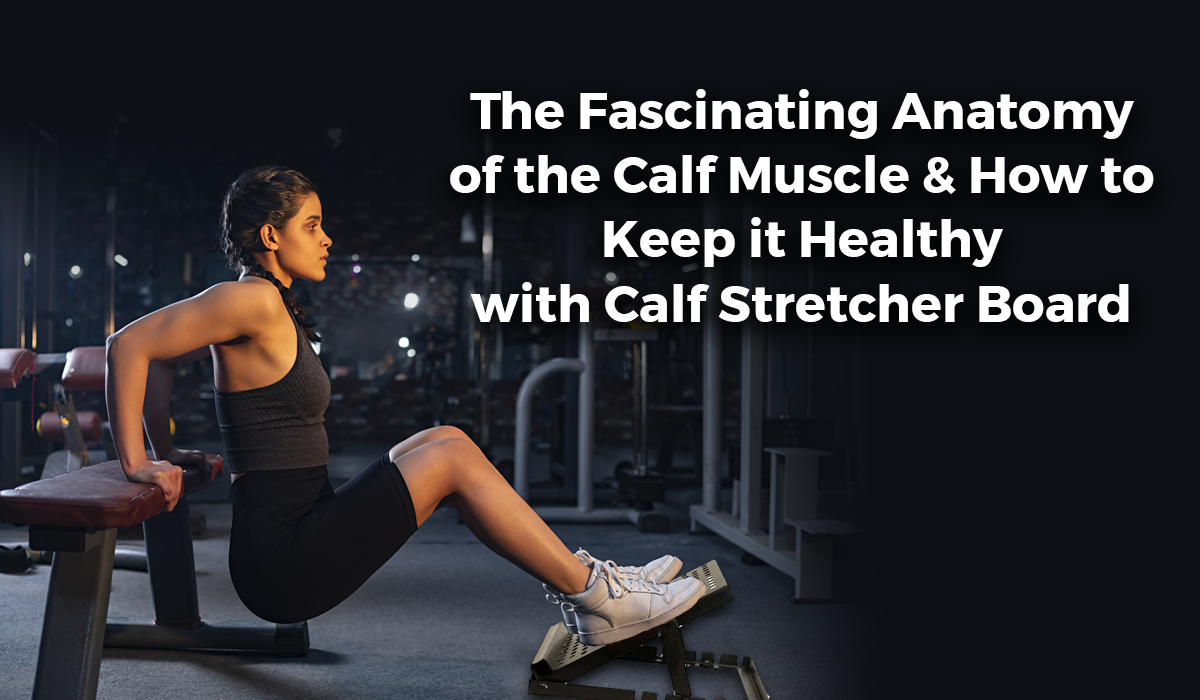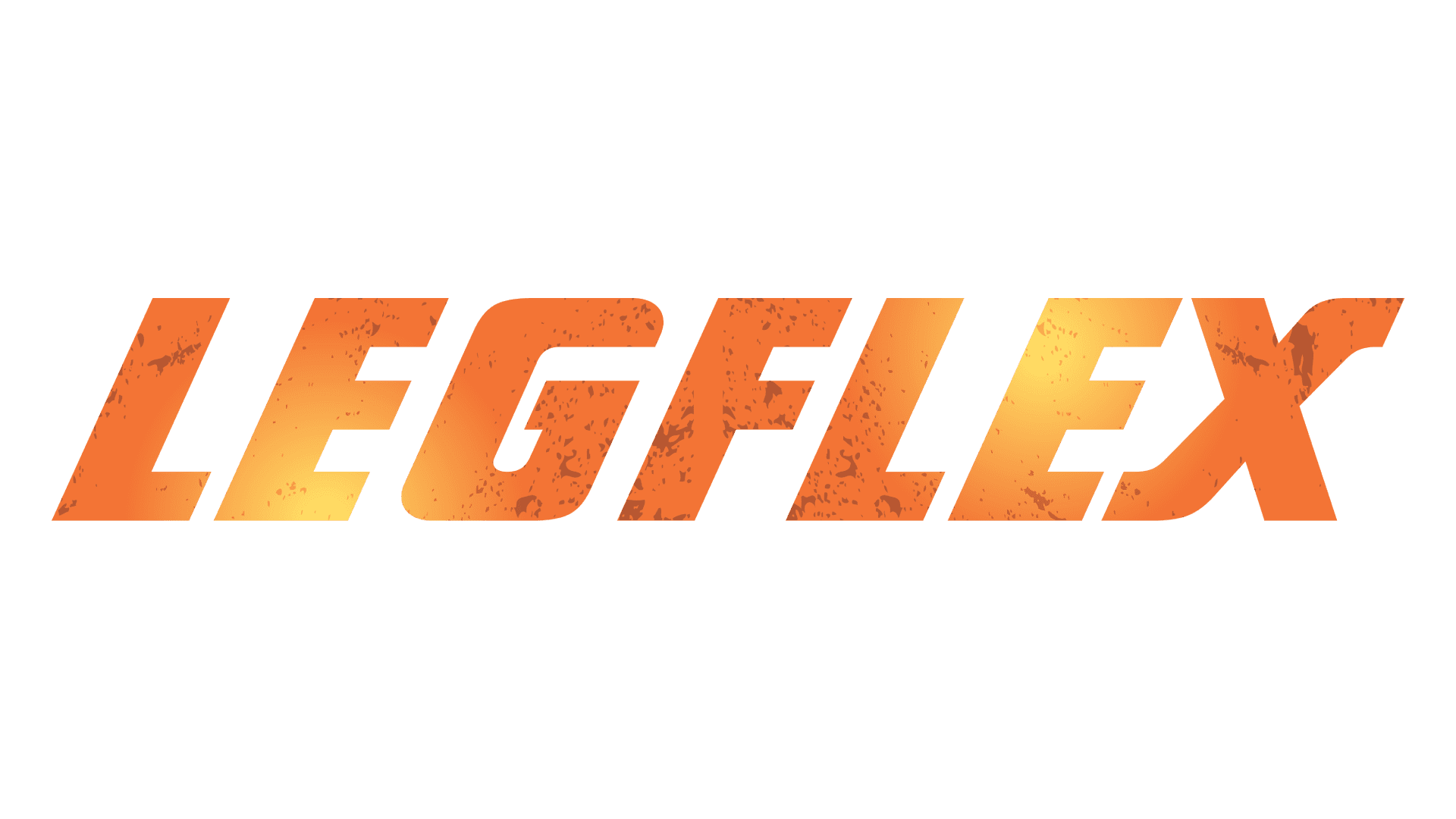
Dec 15 , 2022
The calf muscle is a large and complex muscle that runs along the back of the lower leg. It is considered to be the second heart because it pumps blood from the lower part of your body to your upper body, which keeps your head and torso supplied with oxygenated blood and prevents a condition known as hypoxia. So it is crucial to keep it healthy.
Why Calf Muscle is Considered the Second Heart?

The calf muscle is an important part of the circulatory system, as it helps to pump blood back up to the heart. The muscle is located between the knee and ankle and consists of two main muscles: the gastrocnemius and the soleus.
The gastrocnemius is the larger of the two muscles and is responsible for most of the power when lifting the heel off the ground (such as when walking or running). The soleus is a smaller, flat muscle that lies underneath the gastrocnemius. It works with the gastrocnemius to lift the heel, but can also contract on its own to help maintain balance.
While both of these muscles are important for movement, they also play an important role in circulation. The veins in the calf muscles act like one-way valves, allowing blood to flow back up to the heart but preventing it from flowing back down again. This action is crucial for maintaining blood pressure and preventing blood from pooling in the legs.
So why the calf muscle is considered the second heart? Because without it, our circulatory system would not be able to function properly!
How Does the Calf Muscle Work?

The calf muscle is one of the most important muscles in the human body. It is responsible for moving the lower leg and foot. The calf muscle is made up of two main muscles: the gastrocnemius and the soleus.
The gastrocnemius is the larger of the two calf muscles. It originates at the back of the knee and is inserted into the Achilles tendon. The soleus is a smaller muscle that originates from the shinbone and also inserts into the Achilles tendon.
The calf muscle works by contracting and pulling on the Achilles tendon. This action causes the lower leg and foot to move. The calf muscle is used when walking, running, jumping, and climbing stairs.
The calves are subject to a lot of stress and strain due to their constant use. This can lead to injuries such as strains, tears, and Achilles tendinitis. It is important to stretch and warm up the calves before participating in any physical activity.
What's Happening With the Calf Muscle When You're Running?

The calf muscle is responsible for plantar flexing of the foot or pointing the toes. When you run, your calf muscles work to push off the ground and propel you forward. The gastrocnemius, one of the two muscles that make up the calf, is especially important in this movement. It's what gives your calves their shape and allows you to jump high and run fast.
The other muscle in the calf, the soleus, works with the gastrocnemius to plantar flex the foot. The soleus is a bit different than the gastrocnemius, though. It's a slower-twitch muscle, meaning it's not as good at generating quick bursts of power. However, it's very good at sustaining long-term activity. This makes it essential for activities like running, where you need to maintain a consistent level of output over an extended period.
Together, these two muscles work to give you the power and endurance you need to run long distances. They also help to stabilize your ankle and keep your foot from rolling inward (pronation) when you land on it. This is why it's so important to take care of your calf muscles if you want to be a runner - without them; you wouldn't be able to go very far!
What Are Some Common Problems That Happen With the Calf Muscle?

There are a few common problems that can develop with the calf muscle. One of the most common is Achilles tendonitis, which is an inflammation of the tendon that attaches the calf muscle to the heel bone. This can be a very painful condition and is often seen in athletes who do a lot of running or jumping. Another common problem is a strain or tear of the calf muscle itself. This can occur suddenly, during physical activity, and can be quite debilitating. It is important to seek medical attention if you suspect you have torn your calf muscle, as it may require surgery to repair.
To Conclude
The calf muscle is an important part of the lower leg and plays a vital role in many activities so maintain your health with slant board exercise. Understanding the anatomy of the calf muscle can help you better appreciate how this amazing muscle works and why it's so important. The best calf stretch board can help you to achieve a perfect shape.

